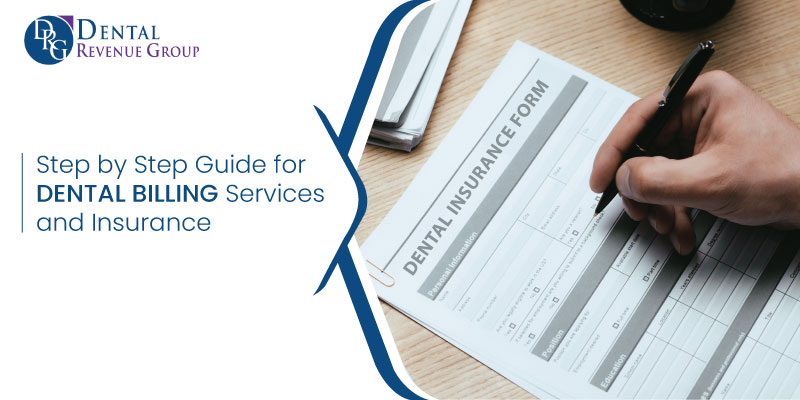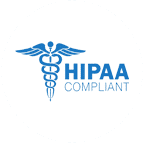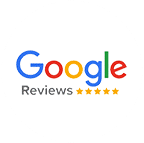Dental Billing is fundamentally the act of billing for services provided by dental practices to patients, and we will elaborate on this further in this guide for Dental Billing Services and Insurance. It is done primarily to file for claim reimbursements from insurance providers or patients themselves in case their health benefits are not covered by insurance.
This means that all oral health services fall under this category, and it is the job of dental billers to submit clean claims so that their employer can be compensated for the services provided. If fluency is not ensured in such a system, it becomes highly difficult for dental practices to sustain themselves in a financial manner.
The Need for Dental Billing Services and Insurance
Without a strong dental billing system in place, a dental practice is unable to survive and sustain its cash flows and revenue collection. This is why a guide for dental billing services and insurance is necessary for dental practices that are looking to outsource their revenue cycle for dental billing to a professional dental billing company in the United States. We will provide you with all the necessary steps that will ensure that you choose the right dental billing service for the job and avail cost-effective billing services to get those revenues going upward.
Guide for Dental Billing and Insurance
Steps to Follow for Dental Billing
The dental billing process can be divided into two parts which are at the core of the revenue stream of the dental practice. These include patient dental billing services and insurance claims. However, there are other important steps that need to be followed when it comes to cleaning dental claim submissions and ensuring a revenue cycle that produces higher revenue collections.
- Collect required patient information.
- Carry out the breakdown of benefits.
- Document the dental treatment with DPT coding.
- Track and submit claims along with necessary attachments.
- Manage any Account Receivables or Outstanding Claims.
- Bill patients for Copays.
- Manage any post payments.
- Create key reports for aging accounts and collections etc.
To better understand this, let’s take a more comprehensive look at the steps for dental billing and insurance mentioned in the below table:
-
Front-end Medical Billing Tasks
| Front-end Billing | Description |
| Registration process | The first step is initiated when a patient contacts the provider’s office to make his/her appointment. |
| Eligibility Verification | Once an appointment is scheduled, the second step is to ensure a breakdown of benefits and check for eligibility verification of the patient from his/her insurance provider. |
| Point of Service Collections | After knowing the overall monetary responsibility of patients, you can charge him/her accordingly based on the magnitude of copays or deductibles owed. |
| Free Tickets or Superbill | Also known as an encounter form, includes the services such as patient demographics, medical coding, and other clinical notes as well. |
| Time for Check Out | Once all is done, it’s time for the patient to check out and schedule a follow-up appointment as well. |
-
Back-end Medical Billing Tasks
| Back-end billing | Description |
| Charge Entry | The encounter form is used to charge the patient for all services and then enter those charges into the practice management system. |
| Claim Generation | You then have to compile all coding and charge entry entries to generate claims. |
| Claim Scrubbing | The process of scrubbing means ensuring that all provider and patient data is correct and that no detail is missing. |
| Claim Forms | You now have to use either the CMS-1500 claim form or the UB-04 claim form to receive payments from insurance companies |
| Claim Submission | You then have to make sure you submit your claims to either patients or insurance networks after following all HIPAA compliance standards. |
| Claim Tracking | Checking for updates in your dental billing services and insurance claims is part of the process as well and needs to be checked at regular intervals. |
| Payment Posting | Once any checks, ERAs (Electronic Remittance Advice), or deposits, the payments need to be posted |
| Patients Payments | After that, you need to check for all outstanding balances, the date of services provided, service charges, insurance reimbursements received along with other payments compiled, and an explanation of the due balance as well. |
| A/R and Denials | In case denials occur, you need to have a strategy to tackle them by appealing denied claims and making sure that your account receivables are at the lowest. |
| Credit Balances | Lastly, if a practice has received any extra payment or it has some money due on its side, it needs to clear them before it falls under litigation. This is an important point that is usually left out in the guide for Dental Billing Services and Insurance. |
Equipment Required for Dental Billing Services and Insurance
Mostly, the dental billing and insurance items include the following:
- An updated and latest computer system
- Printer and Scanner
- A Phone
- Fax machine
The All-Important Dental Billing and Insurance FAQs
-
What is the objective of Dental Billing service and insurance?
The primary objective or purpose of dental billing is to get dental providers reimbursed for their services offered to patients and keep their workflow up and running.
-
What is the average time duration required to complete the dental billing and insurance system?
As we all know that the dental billing revenue cycle consists of several steps that might take around 30-45 days to complete, depending upon the nature of services offered. Usually, the higher level of complexities means that the coding would be more intricate thereby resulting in more time duration.
-
Who are the ones responsible for carrying out dental billing services and insurance tasks?
Although oral-health professionals and dental practices can perform the dental billing tasks, this guide for dental billing services and insurance claims that professional dental billers can do a better job. This is primarily because these dental billing experts are well versed in all DPT coding for dental billing and perform much better when it comes to revenue collections.
-
What are the training requirements for dental billing and insurance?
Although the requirements to become a dental biller may vary based on location and magnitude of billing, usually, it entails having done any of the Dental Assistant programs offered by accredited institutions in the United States.
-
What are the potential risks associated with dental billing?
The biggest risks are actually the mistakes and errors in the dental billing and coding process. Such mistakes can lead to claim denials, causing a loss in revenue for dental practices.
-
Is Dental Billing and Insurance verifications a good career to begin?
The scope of dental billing and insurance is highly lucrative and it is always a good decision to start your career in this field and provide services to dental practices across the United States.
Summing Up the Guide for Dental Billing Services and Insurance
To sum it all up, one can claim that this guide for dental billing services and insurance is an opportunity for both dental practices and dental billers to learn and apply the concepts necessary for success in this venture. This is why this step-by-step guide can provide you with a framework to understand the dental billing process and contribute to a smooth workflow when it comes to revenue cycle management.
Moreover, this guide also provides dental billers with an opportunity to assess the lucrative potential in their career and enables them to professionally pursue this as a full-time opportunity for future growth. Hence, this guide answers all dental billing questions, provides dental practices with strong RCM frameworks, and lastly an easy way to understand the dental billing process.











